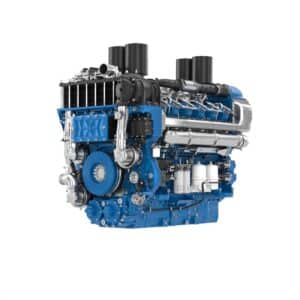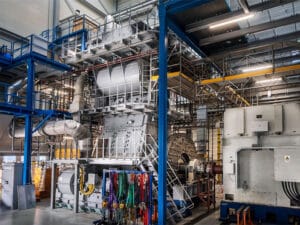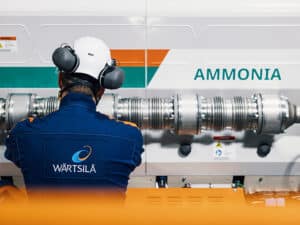
Powering ships with hydrogen: the myths and misconceptions explained
Written by Heather Ervin
ZEI's CEO and CTO Dr. Joseph Pratt, formerly at Sandia National Labs, analyzes the hydrogen storage system found within the fuel cell unit of the Maritime Hydrogen Fuel Cell Generator Project. (June 11, 2015) CREDIT: ZEI
By Dr. Joseph Pratt, CEO/CTO of Zero Emission Industries
Welcome to the first of a series of columns about the latest and greatest technologies for marine power. We will cover everything from alternative fuels such as renewable diesel, LNG, hydrogen, and ammonia, to on-board power generation with wind, solar, fuel cells, and combustion engines.
In this kick-off column, we’re excited to be talking about a fuel that seems to be making headlines each week: hydrogen. In particular, we’re going to address six commonly-held misconceptions in order to provide more understanding about this fuel and whether it could make sense for your vessels now or in the future. In future columns, we will explore some of these in more depth.
Misconception 1: Hydrogen can only be used in a fuel cell
Reality: Fuel cells are great devices because they chemically convert hydrogen directly to electricity and water, which gives them high fuel efficiencies. But hydrogen is a fuel and can be burned in combustion engines designed for its use – both turbines and reciprocating engines – and can also be used to generate heat for industrial processes and even for home use. At ZEI we’ve cooked some fantastic steaks on our hydrogen barbecue!
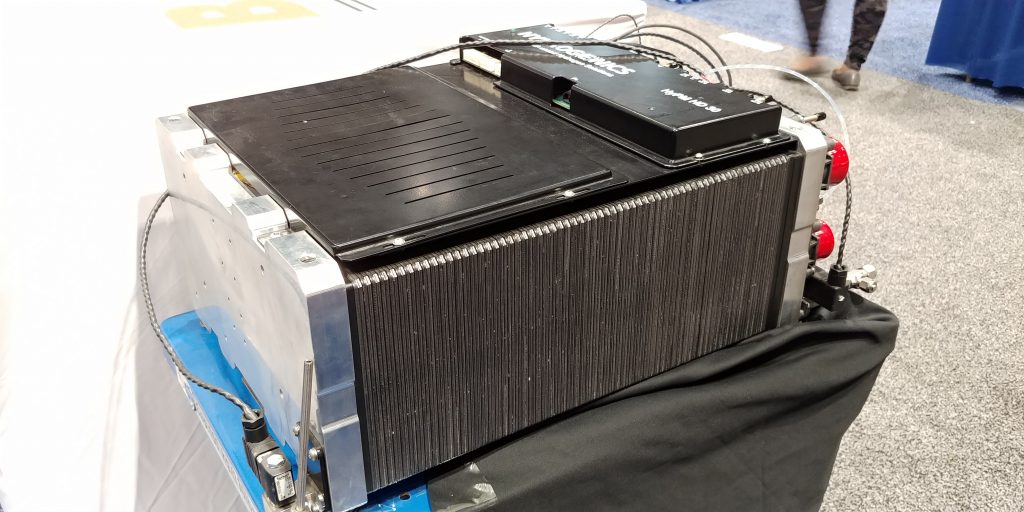
Misconception 2: Hydrogen is too expensive
Reality: Hydrogen is a commodity in the industrial sector primarily used in refining crude oil and making ammonia for fertilizer, where it is made for around $1.50 per kilogram. Through a coincidence of energy and volume conversions this is roughly equivalent to paying $1.50 for a gallon of diesel. However, pressurizing or liquefying and then transporting the hydrogen to your boat from the hydrogen plant adds cost, and that is highly variable depending on how much you are purchasing at a time, how far you are from the plant, and other factors. We have seen prices of delivered hydrogen anywhere from around $5.50/kg to more than $30/kg. The good news is twofold: first, when using hydrogen in a fuel cell you only use about half of what you would in a diesel engine, meaning that $5.50/kg price is about equivalent to paying $2.75 for a gallon of diesel. Second, the cost of producing hydrogen from renewable energy is dropping rapidly as wind and solar power continues their price drops, and the cost of transporting hydrogen is also decreasing as the transportation network expands. The expectation is hydrogen will reach a stable cost of around $4.00-$5.00/kg within 10 years, which means that even for vessels placed into service today the total cost of ownership will end up being less than diesel-powered boats over the vessel’s life.
Misconception 3: Hydrogen is made from natural gas, so it’s not really zero emission
Reality: Emissions from any fuel come from two places: fuel production and fuel use. On the use side, hydrogen is always zero emission when used in a fuel cell, producing only water. If hydrogen is burned it also produces NOx. On the production side, hydrogen is primarily made from natural gas, and that process generates pollutant and greenhouse gas emissions. However, hydrogen can also be made by electrolyzing water, which is zero emission when the electricity comes from renewable sources. As mentioned above, it is expected that 100% renewable hydrogen will actually become less expensive than natural-gas produced hydrogen within the next 10 years, partly due to the economics of the production and partly due to policies which give credits to these green fuels.
Misconception 4: Hydrogen is not available near me
Reality: Hydrogen is produced all throughout North America, and can be transported anywhere on the continent. As mentioned above, the transportation aspect affects the cost, but rest assured that it can get to anywhere you are. And a second alternative is to make your own hydrogen at your dock. In some cases this can be more cost effective and with easier logistics than hydrogen delivery. This ability to generate your own vessel fuel and the energy independence that comes with that is unique to hydrogen.
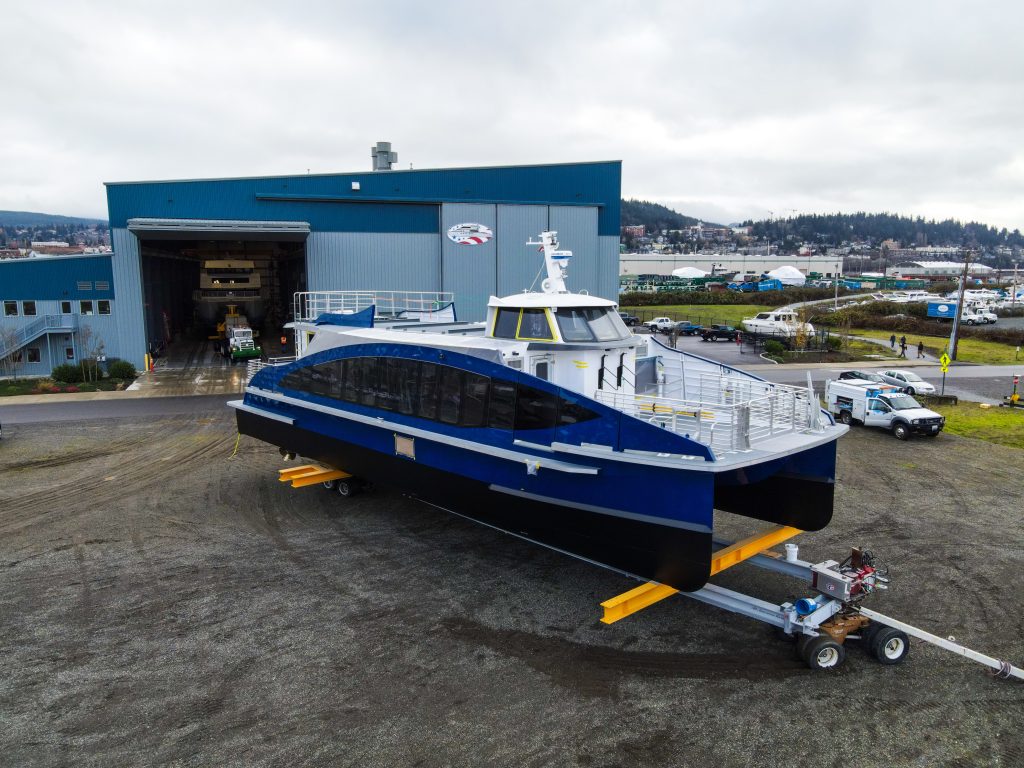
Misconception 5: Stored hydrogen is a hydrogen bomb waiting to happen
Reality: First of all, did you know that thermonuclear weapons (aka “fusion” or “hydrogen” bombs) don’t actually contain any hydrogen? They contain hydrogen isotopes (tritium, deuterium, or Lithium deuteride). Additionally, the fusion bomb is so difficult to ignite that it must use a conventional fission/atomic bomb as its detonator! So unfortunately for fans of Terminator 3, neither a fuel cell nor a tank of hydrogen is physically capable of exploding like a hydrogen bomb.
This is not to say that there are no safety concerns with hydrogen. It is a fuel with combustion properties very similar to natural gas and like any fuel precautions must be taken to handle it safely. Fortunately, the hydrogen industry has developed best practices over the last 80+ years that make this straightforward for competent system engineers.
Misconception 6: The U.S. Coast Guard will not allow hydrogen on passenger vessels
Reality: The USCG has been working with industry since at least 2013 on understanding the safe use of hydrogen as a fuel, and members of CG-ENG have been contributing to the development of the IMO’s regulations that cover this. While that regulation is in development, vessels can still be certificated under the Equivalents clauses that exist in the various subchapters of the CFRs, that is, by designing the hydrogen system to have an equivalent level of safety to a vessel designed to the CFRs, and that is in fact how our system is on the first USCG-certificated hydrogen-powered passenger vessel right now. When the IMO regulation is finalized and adopted by USCG, the certification pathway will be even easier.
Hopefully this clears up some of the confusion around hydrogen! Please drop us a line at marinelogQs@zeroei.com if you have any questions about hydrogen that you’d like to see answered in the future.


